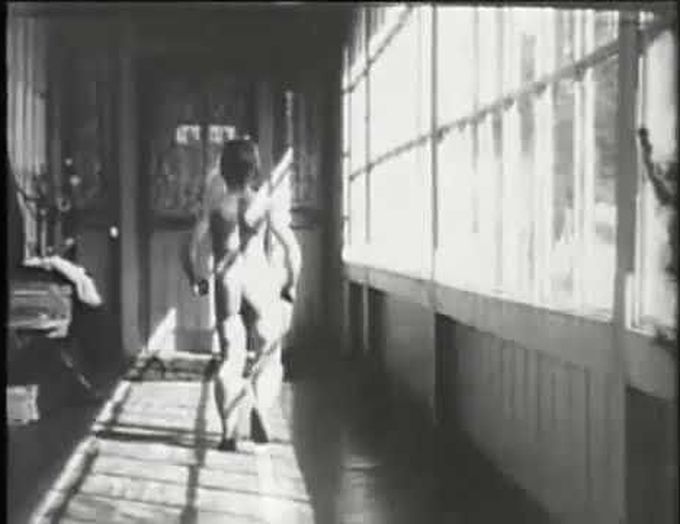


Muscular Dystrophy
These two films were presented in September 1910 by Arthur Van Gehuchten (1861–1914) during a lecture on myopathies. The first boy (Panel A, Video 1) has muscle enlargement (pseudohypertrophy) that is prominent in the calf muscles, a feature suggestive of Duchenne's muscular dystrophy. Weakness of the pelvic-girdle muscles results in a waddling gait. Toe walking is the consequence of retraction of the Achilles' tendons. The second boy (Panel B, Video 2) rises from a supine position by using his arms to climb up his thighs. This feature, referred to as Gowers' sign, is a result of weakness of knee and hip extensors. Both boys have lumbar lordosis, with forward tilting of the pelvis. These films show maneuvers that are still used today to measure response in gene-therapy trials for Duchenne's muscular dystrophy. In Van Gehuchten's time, most patients with this disease died before the age of 20 years. In recent years, glucocorticoid therapy, orthopedic and cardiac management, and ventilatory support have modestly improved the quality of life and increased the life expectancy of these patients.

